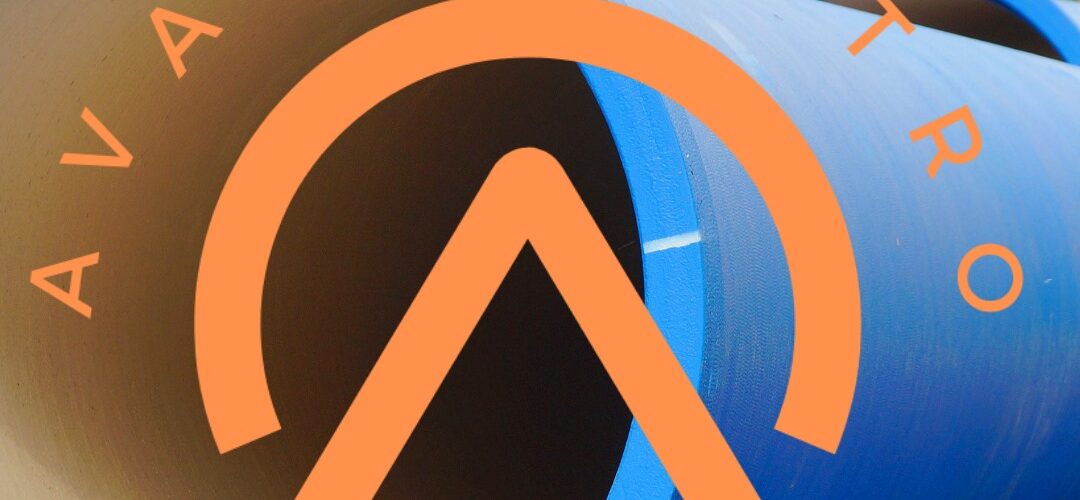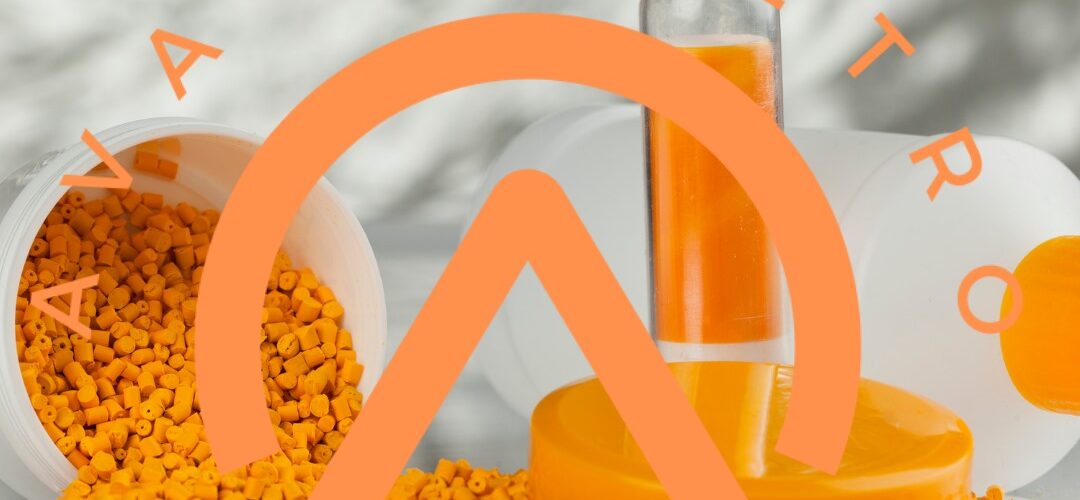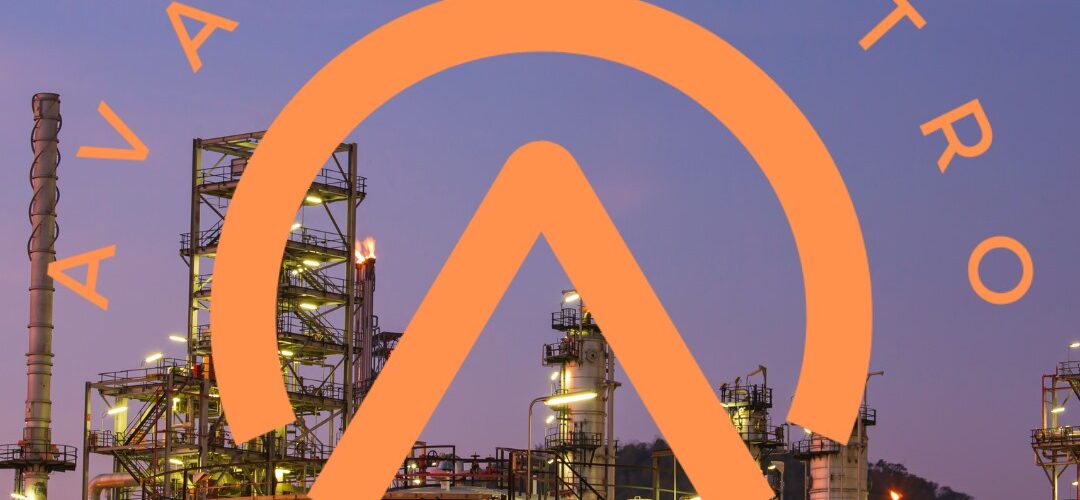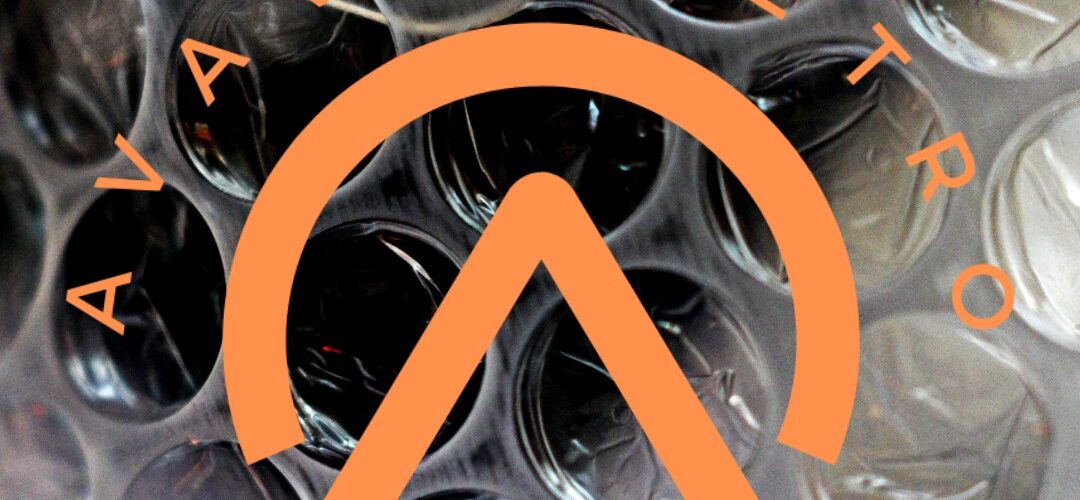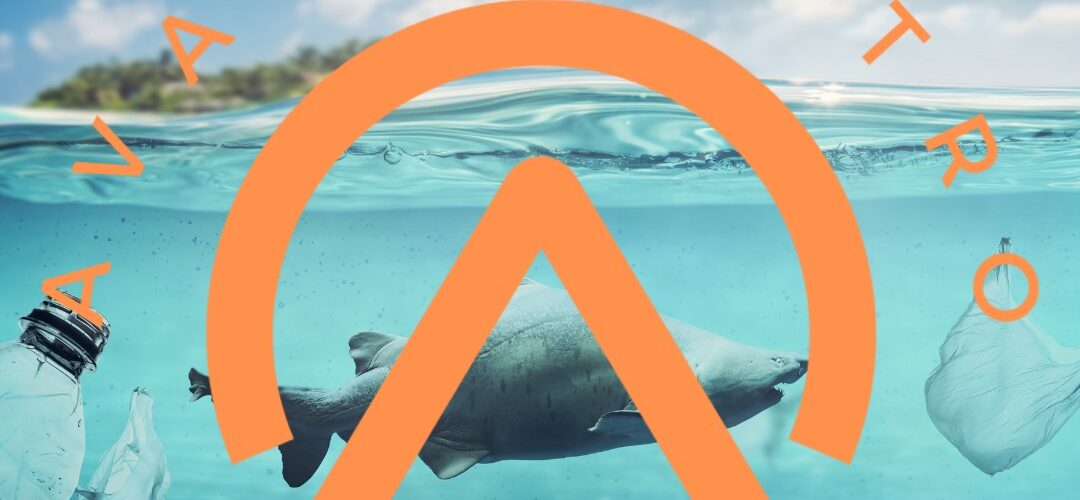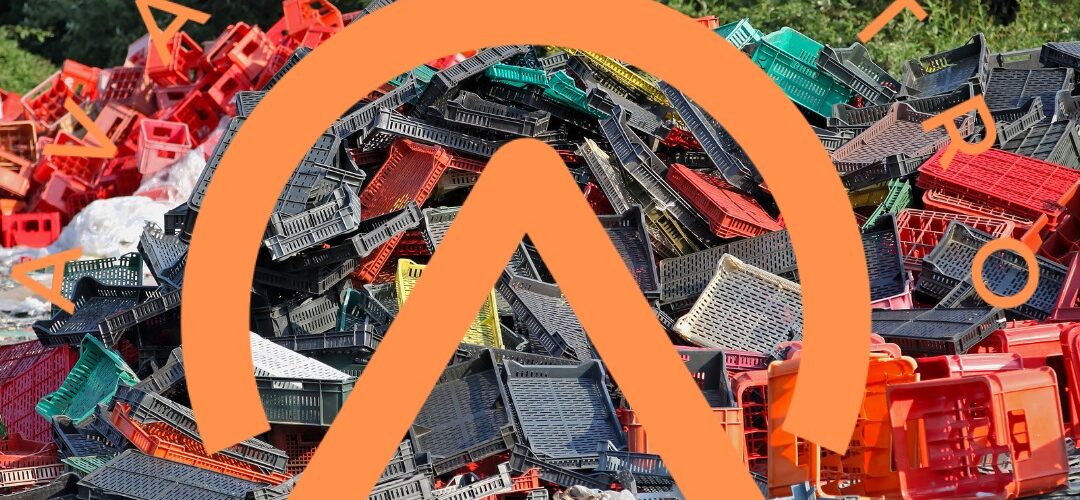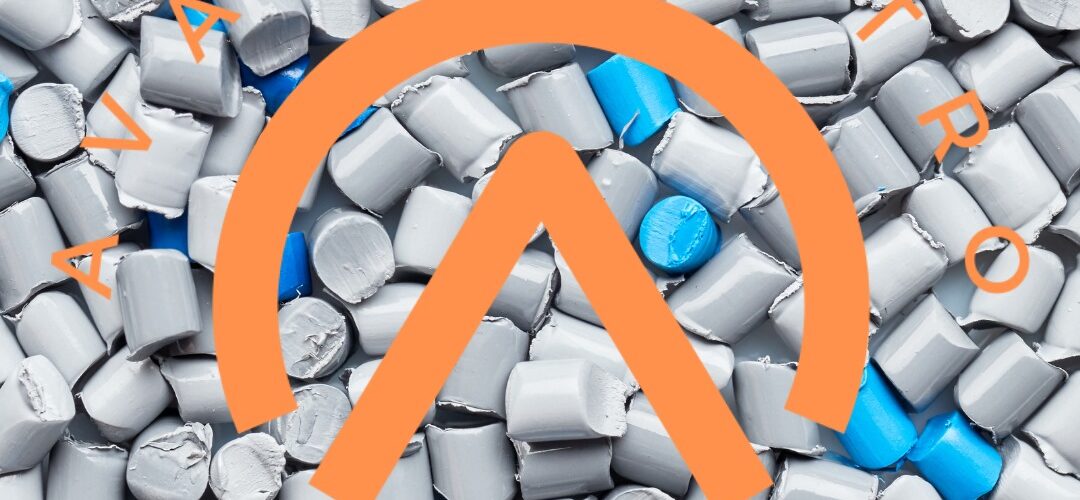Geofoam and Its Economic Advantages
Geofoam, an innovative engineering material, has been revolutionizing the construction industry with its multitude of applications and significant economic benefits. This expanded polystyrene (EPS) product is known for its lightweight, high compressive strength, and versatility, making it an ideal solution for various geotechnical and civil engineering challenges. In this article, we delve into the numerous economic advantages of geofoam, highlighting why it has become a preferred choice for many construction projects.
Understanding Geofoam
Geofoam is a lightweight fill material made from expanded polystyrene (EPS). It is manufactured into large, block-like shapes that can be easily cut and shaped on-site, allowing for quick and efficient installation. Despite its light weight, geofoam provides excellent compressive strength, making it capable of supporting heavy loads without significant deformation.
Properties of Geofoam
Geofoam’s unique properties make it highly desirable for various applications:
- Lightweight: Typically 1% the weight of traditional earth materials.
- High Compressive Strength: Can withstand substantial loads.
- Versatile: Easily cut to fit specific design requirements.
- Thermal Insulation: Excellent insulating properties.
- Inert Material: Resistant to water, chemicals, and biological degradation.
Economic Advantages of Geofoam
Reduced Construction Time
One of the primary economic benefits of geofoam is its ability to significantly reduce construction time. Traditional earthworks and embankment construction often involve extensive excavation, transportation, and compaction of materials, which can be time-consuming and labor-intensive. Geofoam, being lightweight and easy to handle, can be rapidly installed with minimal labor and machinery. This accelerated construction process not only shortens project timelines but also reduces labor costs and equipment rental fees.
Lower Transportation Costs
The lightweight nature of geofoam blocks results in substantial savings on transportation costs. Traditional fill materials like soil, gravel, and sand are heavy and require multiple truckloads to transport. In contrast, geofoam can be transported in large quantities in fewer trips, reducing fuel consumption and logistical expenses. This cost efficiency is particularly advantageous for projects located in remote or hard-to-access areas where transportation costs can significantly impact the overall budget.
Minimized Settlement and Maintenance
Geofoam’s stability and resistance to settlement offer long-term economic benefits. Traditional fill materials are prone to settlement over time, leading to uneven surfaces and potential structural damage. These issues often necessitate costly repairs and maintenance. Geofoam, however, maintains its shape and strength indefinitely, reducing the risk of settlement-related problems and the associated maintenance costs. This durability ensures a longer lifespan for the infrastructure, providing better value for investment.
Foundation and Load Reduction
When used as a fill material in soft soil areas, geofoam reduces the load imposed on underlying soils, thereby minimizing the need for deep foundations or soil stabilization measures. By reducing the load on the foundation, geofoam helps to lower construction costs associated with deep foundation work, such as piling and soil stabilization. This load reduction capability is particularly beneficial for projects like bridge abutments, retaining walls, and embankments, where traditional materials would require extensive groundwork to ensure stability.
Design Flexibility and Space Efficiency
Geofoam offers remarkable design flexibility, allowing engineers to create complex shapes and structures that would be challenging with traditional materials. This adaptability can lead to more efficient use of space, particularly in urban environments where space is at a premium. For example, geofoam can be used to construct tiered seating in stadiums or amphitheaters, create landscaped areas over parking garages, and form the subbase for roadways and railways. This flexibility not only enhances the aesthetic and functional aspects of a project but also optimizes land use, translating to economic benefits through better utilization of available space.
Environmental Benefits and Sustainability
From an economic perspective, geofoam’s environmental benefits contribute to its cost-effectiveness. Its lightweight nature means less energy is required for transportation and installation, resulting in lower carbon emissions and a smaller environmental footprint. Additionally, geofoam can be manufactured with recycled materials, further enhancing its sustainability credentials. Projects that prioritize eco-friendly practices may qualify for tax incentives or grants, adding to the financial advantages of using geofoam.
Case Studies and Real-World Applications
Numerous real-world projects have demonstrated the economic advantages of geofoam. For instance, the use of geofoam in highway construction projects has shown substantial reductions in construction time and costs. In Norway, geofoam was used to stabilize a major highway built on soft clay, resulting in a 30% reduction in construction time and a significant decrease in maintenance expenses. Similarly, the reconstruction of the I-15 corridor in Salt Lake City utilized geofoam to expedite the project, leading to an estimated $200 million in savings compared to traditional methods.
Enhanced Safety and Risk Mitigation
Using geofoam also enhances safety on construction sites. Its lightweight nature reduces the risk of accidents related to heavy lifting and transportation. Moreover, geofoam’s stability minimizes the risk of landslides or ground failures during and after construction, ensuring safer and more reliable infrastructure. Reduced risk translates into fewer delays and legal complications, contributing to overall cost savings and project efficiency.
Conclusion
Geofoam stands out as a versatile, cost-effective solution for modern construction challenges. Its lightweight properties, ease of installation, and long-term stability offer substantial economic advantages over traditional fill materials. By reducing construction time, transportation costs, and maintenance requirements, geofoam provides a compelling case for its widespread adoption in various geotechnical and civil engineering projects. As the construction industry continues to seek efficient and sustainable solutions, geofoam is poised to play a crucial role in shaping the future of infrastructure development.
If you want to read more information about how to boost traffic on your Website just visit The Insider’s Views.
give me a summary
Geofoam, a lightweight fill material made from expanded polystyrene (EPS), offers significant economic advantages in construction. Its properties include light weight, high compressive strength, and versatility. Key economic benefits include:
- Reduced Construction Time: Geofoam’s easy handling and rapid installation save time and labor costs.
- Lower Transportation Costs: Its light weight reduces fuel consumption and transportation expenses.
- Minimized Settlement and Maintenance: Geofoam’s stability minimizes settlement issues, reducing long-term maintenance costs.
- Foundation and Load Reduction: It decreases the need for deep foundations and soil stabilization, cutting construction costs.
- Design Flexibility and Space Efficiency: Geofoam allows for efficient use of space and innovative designs, optimizing land use.
- Environmental Benefits: Lower transportation energy and potential use of recycled materials contribute to sustainability and possible tax incentives.
- Enhanced Safety: Its lightweight nature improves safety on construction sites and reduces project risks.
Geofoam’s economic and practical advantages make it a preferred choice for various construction projects, offering efficiency and long-term cost savings.
Written by Emir Narin


